WELL DECOMMISSIONING:
This early stage of decommissioning is very important to focus on as it can contribute up to 45% of the total project cost. If we can reduce the cost of well abandonment, it will result in a huge reduction of cost in the overall decommissioning process.
The objective of this stage is to isolate zones of flow potential and stop hydrocarbons from reaching the surface of a well. Our product Xclude isolates these zones in the formation itself, rather than in the well, by reducing the formation permeability so that it can no longer flow.
For wells that are difficult to put wellbore plugs into, or that require significant remedial work, for example due to poor annular cement, Xclude is an attractive and elegant solution. We are currently preparing for trials of Xclude this year that we can hopefully move forward with.
FACILITIES AND PIPELINES PERMANENT ISOLATION AND CLEANING (“MAKING SAFE”):
Once the well is plugged, the next stage we look at in the decommissioning process is facilities and pipeline cleaning. Prior to removal, platforms, pipelines and equipment must be cleaned to reduce or remove hazards, such as spills or fires.
This is a vital stage of a project and one where we can offer a range of products, including our pipeline pigs, gels, cleaners and hydrotest chemicals. Our pigs are particularly useful because they allow you to pig lines that perhaps weren’t originally designed to be pigged during their operational life.
We also have developed our trapped oil removal technique which is a useful alternative to hot-tapping. This is a pretty difficult and risky job which usually involves drilling into dead legs to remove the oil. The system that we have developed uses a low density, water-based fluid to displace the oil from the dead leg instead, significantly reducing the risk of the operation.
Another product which has been used for removal of both topsides and subsea equipment is our sealing elastomer, known as AXI-Lokk. This liquid can be pumped into a pipeline or flexible riser at the section to be cut, where it will set solid. The cut is then made through the line and AXI-Lokk plug. The AXI-Lokk plugs at either end of the cut lines will prevent material discharge and water ingress. This product has been used successfully offshore for FPSO removal.
The final part of “Making Safe” is waste management, as significant waste material is generated in the process of cleaning facilities and pipelines. This waste material includes oil and water mixtures which usually need to be separated from one another before disposal. This is where our slop breakers can be used.
SUBSEA INFRASTRUCTURE REMOVAL:
When decommissioning, there are various structures on the seabed which must be removed. These are often very heavy and would usually require some sort of lift vessel with a crane. However, this can be problematic, as it is usually expensive to hire a lift vessel, there’s a limited number of them available, and it requires a fine weather window to conduct the operation.
An alternative option that we have developed is our subsea pumpable buoyancy products, DeepBuoy and LiquiBuoy. These can either be pumped into lifting bags or into the structures themselves, allowing controlled lifting of structures by adding or removing buoyancy. DeepFloat is a similar material, which is initially pumped into structures as a liquid before it sets solid.
Aubin’s Underwater Lifting System was developed as part of a Knowledge Transfer Programme with Aberdeen University using Aubin’s pumpable buoyancy products. This is a subsea crane which is placed on the seabed and can conduct multiple subsea lifts. Once on the seabed, the ULS does not require the same calm weather conditions as is required for crane vessels. The ULS can be used to gather multiple subsea structures to one pick-up point prior to removal, significantly reducing the time that a lift vessel is required on site. A prototype system has been developed and trialled at the National Decommissioning Centre in Newburgh.
Whilst these are the main products related to decommissioning that we currently offer, we are always open to new challenges to develop useful solutions to benefit our clients and the industry in general. Please don’t hesitate to contact us if you’d like to discuss your project - you can submit the form below and a member of the team will be in touch as soon as possible.


